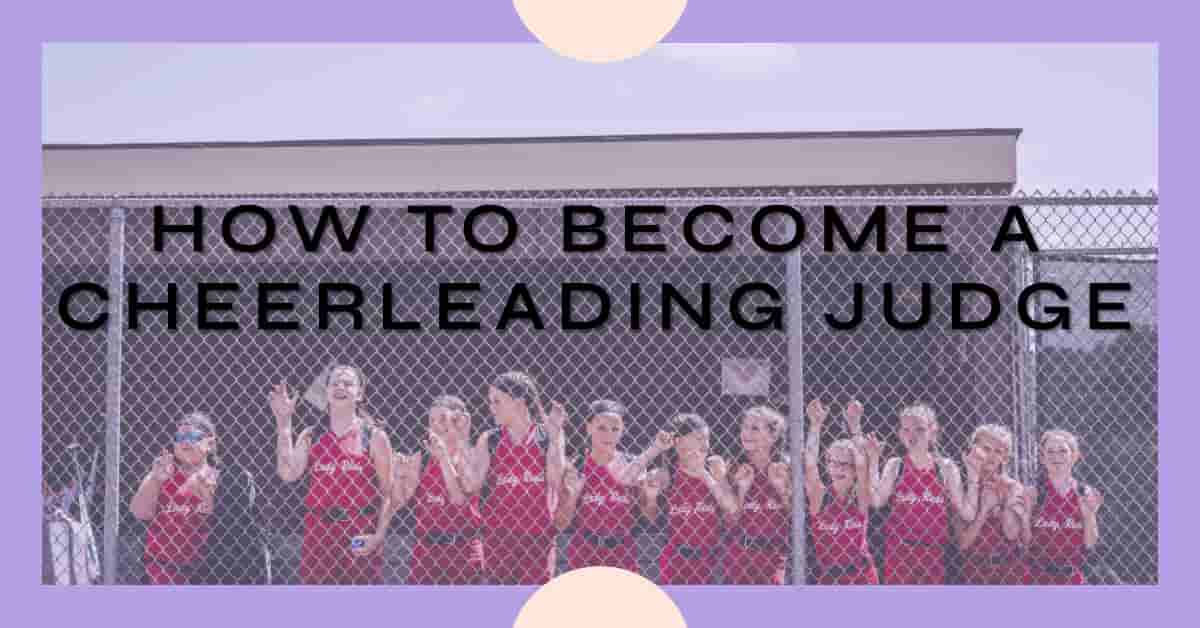In the world of cheerleading, judges play an indispensable role in determining the skill, precision, and overall performance of teams. Whether it’s a local competition or a national championship, the judge’s decision can make or break a team’s success. This article aims to guide you through the comprehensive steps on how to become a cheerleading judge, a role that combines passion for the sport with a keen eye for detail.
The Role of a Cheerleading Judge
As a cheerleading judge, your responsibilities extend far beyond just scoring routines. You’ll be tasked with evaluating various elements such as stunts, tumbling, pyramids, and dance sequences. Your role also involves ensuring that teams adhere to safety guidelines and competition rules. A judge must be impartial, knowledgeable, and have a deep understanding of cheerleading techniques and guidelines.
Educational Requirements
Becoming a qualified cheerleading judge often requires specific educational credentials. While a degree in sports science or a related field can be beneficial, it’s not mandatory. What’s crucial is obtaining a certification from a recognized cheerleading organization. These certifications usually involve courses that cover the rules of the sport, judging criteria, and ethical considerations. Some organizations also offer specialized training programs to further hone your skills in judging specific elements like stunts or tumbling.
Gaining Experience
Before you can sit on a judging panel, it’s essential to gain hands-on experience in the cheerleading world. Many successful judges start as coaches, athletes, or even volunteers at cheerleading events. This experience provides invaluable insights into the intricacies of routines, stunts, and team dynamics. It’s also an excellent opportunity to network with professionals in the field, which can be beneficial when you’re ready to take the next step in your judging career.
The Application Process
Once you’ve gained sufficient experience and obtained the necessary certifications, the next step is to apply for judging positions. This often involves submitting an application to cheerleading organizations or competition hosts. Your application should include your resume, detailing your experience and qualifications, as well as any references who can vouch for your skills and integrity. Some organizations may also require a portfolio that showcases your judging experience, including any seminars or workshops you’ve attended.
The Interview and Assessment
If your application is shortlisted, you’ll likely be invited for an interview. This is not just a typical job interview; it’s an assessment of your understanding of cheerleading techniques, rules, and safety measures. You may be asked to judge sample routines or answer scenario-based questions to gauge your decision-making skills. Some organizations also conduct written or practical assessments to ensure you’re well-versed in the sport’s latest rules and regulations.
Continuing Education and Career Growth
Staying updated with the latest trends, rules, and safety guidelines in cheerleading is crucial for a judge. Many organizations offer advanced courses, workshops, and seminars that focus on the evolving aspects of the sport. Attending these educational events not only enhances your skills but also provides networking opportunities with other professionals in the field. Career growth often comes in the form of judging higher-level competitions, mentoring new judges, or even moving into administrative roles within cheerleading organizations.
Challenges and How to Overcome Them
Being a cheerleading judge is not without its challenges. From dealing with subjective interpretations of routines to managing the pressure of making split-second decisions, the role demands a lot. One way to overcome these challenges is through constant self-evaluation and seeking feedback from peers. Additionally, mental preparation techniques like mindfulness can help improve focus and reduce stress, ensuring that you’re at your best when it’s time to judge.
Real-Life Examples
To provide a comprehensive understanding of what it takes to be a successful cheerleading judge, it’s beneficial to look at real-life examples. For instance, Jane Doe, a renowned cheerleading judge, started as a cheer athlete before transitioning into coaching and eventually judging. Her journey highlights the importance of gaining a well-rounded experience in the sport. Another example is John Smith, who overcame the challenge of bias by undergoing advanced training in impartial judgment.
Conclusion
Becoming a cheerleading judge is a rewarding but demanding career path that requires a blend of experience, education, and continuous learning. From understanding the nuances of the sport to making unbiased decisions under pressure, the role is multifaceted. However, with the right preparation and mindset, you can overcome challenges and excel in this fulfilling profession.

